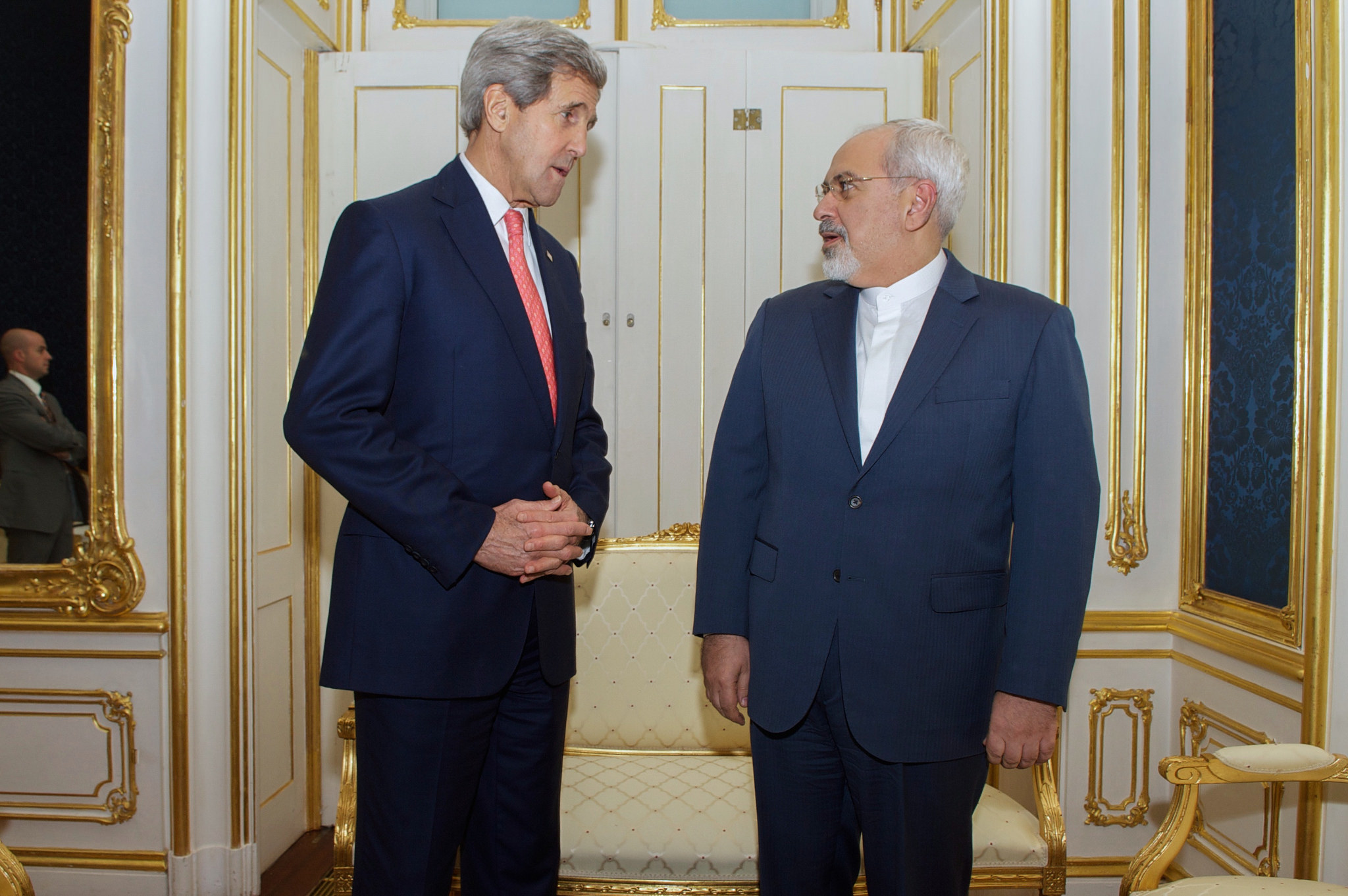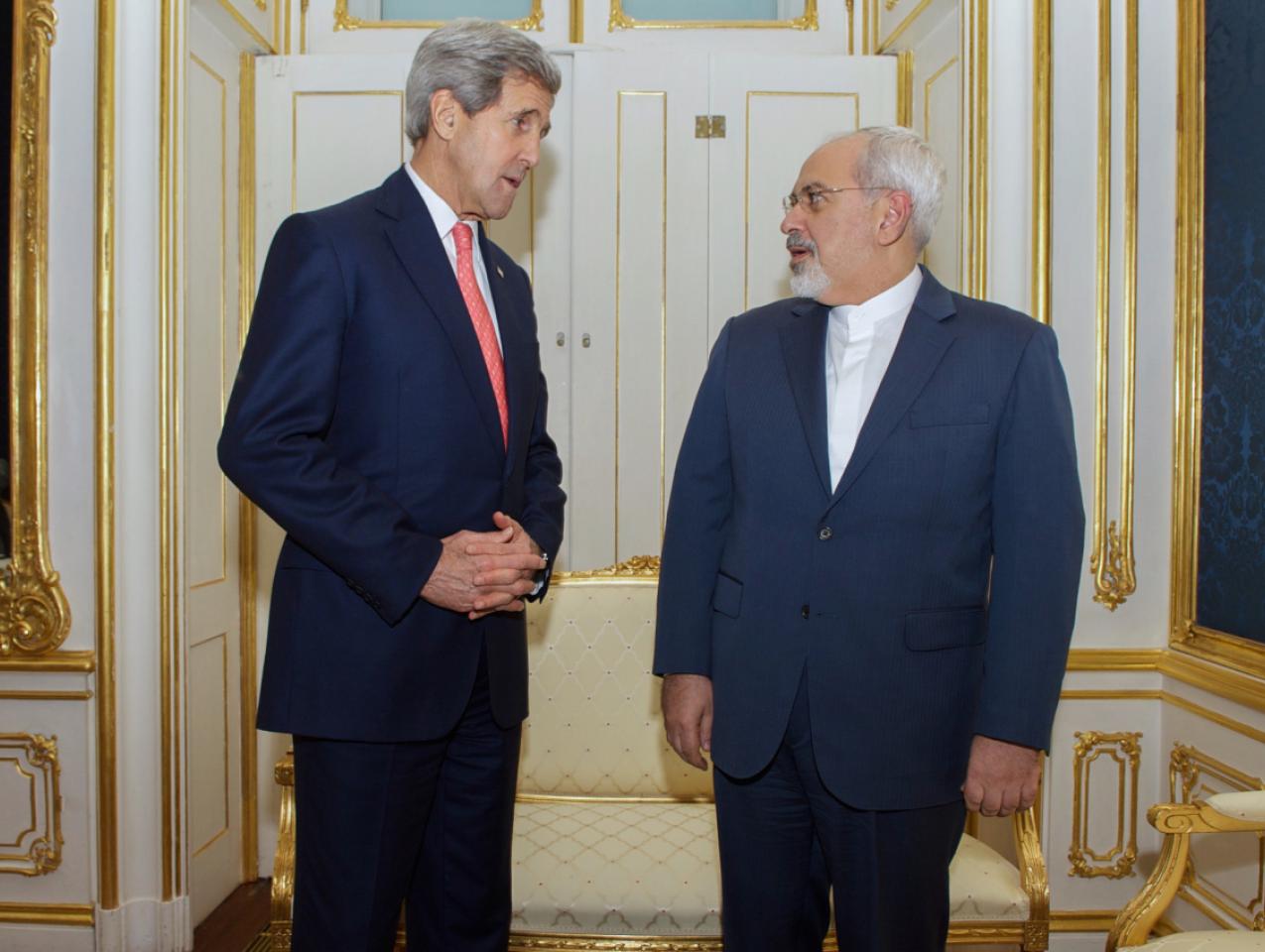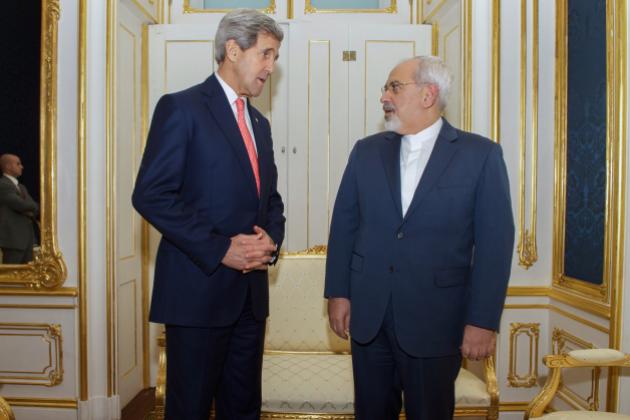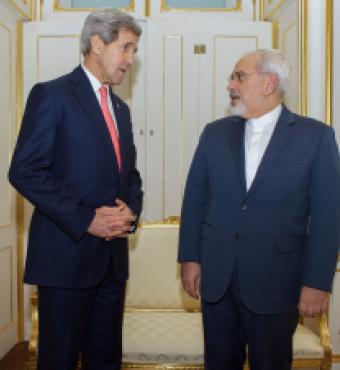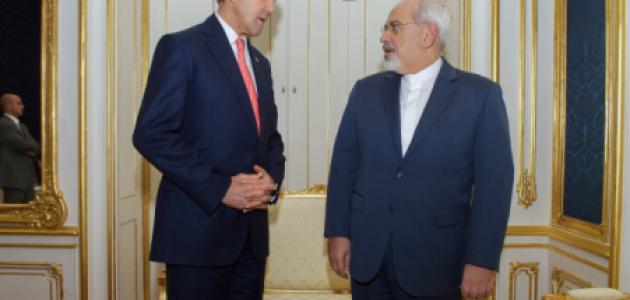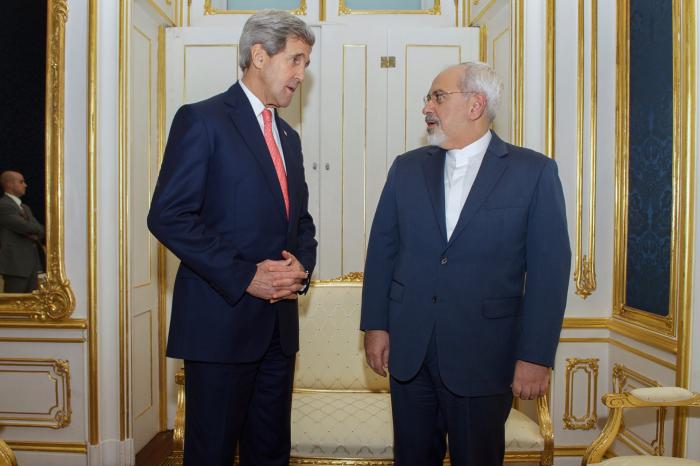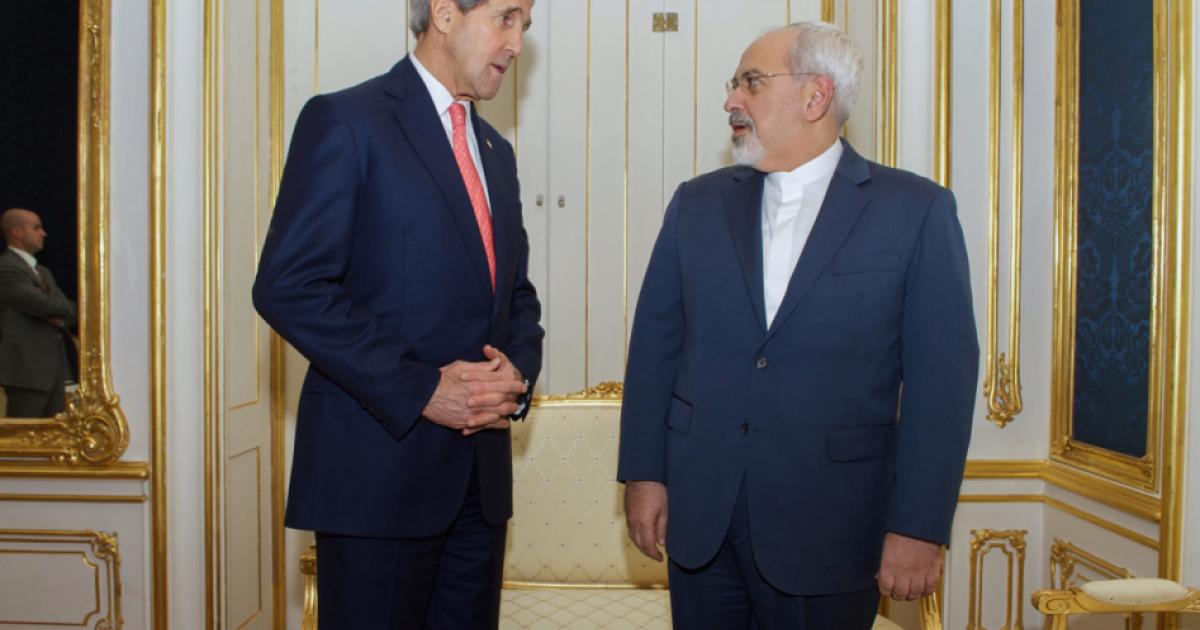In the next six years, threats to the United States will grow more numerous, complex, serious, and dynamic. The central challenge for U.S. foreign policy will be setting and sustaining priorities that serve vital national interests in an increasingly complicated landscape. One key to managing this complexity is understanding that U.S. vital interests will be threatened more by strong states than weak ones. Iran, China, Russia, and North Korea will be major threat vectors. Each has incentives and capabilities to:
(1) Pose serious nuclear risks
(2) Wage damaging, large-scale cyber attacks against U.S. commercial, civil society, military, and government organizations
(3) Launch territorial aggression that threatens key U.S. allies
(4) Influence the viability and trajectory of the international order
The Growing Need for Strategic Focus
The recently released 2015 National Security Strategy is not strategic, declaring a “diversified and balanced set of priorities.” We cannot afford to be so dangerously unfocused in the next six years. The U.S. does not have interests “in every part of an increasingly interconnected world,” as the strategy contends. We do not and should not risk American lives and spend American political capital everywhere. U.S. leadership in the global order will continue to be essential for promoting international peace, security, prosperity, and liberty. But global leadership will require greater strategic focus—identifying what matters most, deploying resources to succeed, and staying the course.
The Weak Paradigm of Weak States
The post-9/11 focus on terrorism and weak states is ill-suited to the emerging threat environment. A few weak states (e.g., Pakistan) will continue to pose serious challenges to U.S. interests. But the vast majority of weak states will not. Instead, the most serious threats will stem from states with sufficient capacity and power to do bad things in the world, not from states so weak that bad things happen within them.
How exactly do weak states threaten the global order or the United States’ vital interests? The most compelling claim is that fragile states can become terrorist breeding grounds or strongholds that pose existential threats to Western ways of life. Most frightening is the specter of terrorists acquiring nuclear weapons. Yet even the strongest weak-state claims do not look so strong anymore. Islamist terrorism has yet to morph into anything close to an existential threat. That’s not to say it couldn’t—catastrophic terrorist attacks may be black-swan events that defy easy prediction. And it is impossible to know whether we have successfully countered terrorism thanks to the war on terror or because terrorists were never such a big danger in the first place. Yet it is hard to dismiss the evidence that 9/11 may have been more outlier than harbinger.
In 2012, John Mueller and Mark Stewart noted that Islamist terrorism was responsible for 200-400 deaths worldwide each year outside of war zones. That’s about the same number of Americans who die from drowning in bathtubs annually. The string of failed and foiled attacks on U.S. soil since 9/11, including “shoe bomber” Richard Reid, “underwear bomber” Umar Farouk Abdumutallab, and Times Square bomber Faisal Shahzad, looks more like the work of knuckleheads than masterminds. The connection between weak states and transnational terrorism appears more tenuous, too. Terrorism experts find that the vast majority of terrorist attacks strike local targets, not foreign ones. The world’s weakest states have not produced the world’s most or worst international terrorists. The January attack on the French satirical magazine Charlie Hebdo—France’s deadliest terrorist attack in 50 years—was perpetrated by two brothers born, raised, and radicalized almost entirely in the terrorist safe haven of France, which ranked 160th of 178 countries on Foreign Policy’s Fragile State Index.
Even the most frightening weak-state scenario, nuclear terrorism, isn’t really about weak states. For years, Islamist terrorist groups have declared their fervent desire to obtain and use nuclear weapons. Why haven’t they succeeded? Because the most important ingredient, fissile material, cannot be developed in remote terrorist hideouts in ungoverned spaces that lack basic Internet or plumbing. Instead, readily usable fissile material rests in the hands of a small number of states with substantial governance and scientific capacity. Of the world’s 9 nuclear-armed states, 5 are strong, stable democracies (the U.S., U.K., France, Israel, and India). Three lack democracy but not the capacity to govern (China, Russia, and North Korea). Which leaves Pakistan. Nuclear terrorism is not a “weak states” problem. It is a specific states problem.
The “Big Four” Threat Vectors: Iran, China, Russia, North Korea
Iran, China, Russia, and North Korea are likely to pose the most serious threats to vital American interests. The “Big Four” have both incentive and capability to create substantial nuclear risks, wage massive cyberattacks, launch territorial aggression against U.S. allies, and disrupt the international order.
Nuclear Risks
China and Russia are modernizing their nuclear arsenals and making nuclear weapons more central in their doctrines. North Korea may be readying for a fourth test and is actively seeking delivery vehicles that could strike the U.S. The recent nuclear deal with Iran, if signed, could delay Iran’s development of a bomb and ensure a longer “breakout” window, but it does not walk back Iran’s nuclear program below the risk threshold. Iran’s program will not be dismantled like South Africa’s or Libya’s. At best, it will be put on hold. Together, these trends suggest rising risks of: nuclear proliferation (to state and nonstate actors); conventional aggression shielded by nuclear weapons; the potential for crisis escalation through miscalculation; and erosion of the nonproliferation regime.
Cyber Attacks
Three types of cyber attacks most directly threaten vital U.S. interests: large-scale theft of intellectual property, which can undermine national economic competitiveness and sap the source of American power; disabling attacks on military communications and operations than could impair the country’s capacity to attack and defend itself; and attacks on critical infrastructure that could disrupt the U.S. economy and society on a massive scale. All three require substantial state capacity. Outside the U.S. and Israel, states with the most sophisticated capabilities are Iran, China, Russia and North Korea.
The IC has publicly noted that these states have already waged serious attacks against U.S. targets. Massive theft of intellectual property from American companies is directed, aided, and abetted principally by the Chinese government, with Russia a close second. The recent Sony hack was attributed to North Korea. The 2012-13 DDOS attacks against U.S. financial institutions were traced to Tehran.
Strengthening cyber deterrence and defense is important but will not be enough. In addition to improving attribution, cross-sector information sharing, and offensive cyber capabilities, the U.S. will need to elevate cyber issues in the bilateral relationships with all of the “Big Four” and lead the development of international cyber norms.
Territorial Aggression Threatening Key U.S. Allies & Testing U.S. Commitments
Russia’s invasion of Ukraine and China’s accelerating provocations in the South and East China seas remind us that great powers can still behave badly. Had NATO enlargement grown larger, Ukraine would today be a member of the alliance, and the U.S. could face a European land war with Russia. Similarly, America’s security commitments to Japan and Taiwan make China’s aggressive military modernization (including double-digit defense spending increases) and belligerent posturing in the region a potential flash point for future conflict between the world’s largest economies. Tensions between North and South Korea are likely to continue, while in the Middle East, Iran’s growing influence (in Yemen, Lebanon, Iraq, Syria) will present grave challenges to Israel as well as Sunni regimes that are longstanding U.S. allies. Moreover, Iran, China, Russia, and North Korea will likely face growing domestic stresses (economic, demographic, and political) that could provoke more hostile foreign policies toward U.S. allies that test our commitments and strain our relationships.
Challenging the International Order
Iran, China, Russia, and North Korea all play outsized roles in determining the future viability of the international order—from weakening the nonproliferation regime to establishing alternatives to the IMF and World Bank to violating international law. The next six years will be a critical juncture: Whether these “Big Four” choose to upend the international order, work within it, or create competitive arrangements will have lasting effects.







